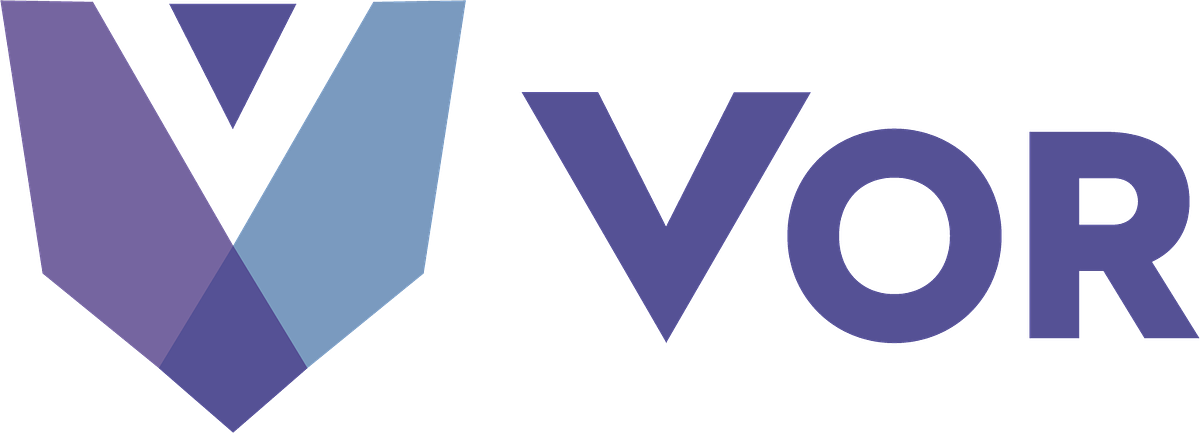
Vor Bio Bets on Dual-Target Therapy as Sjögren's and gMG Data Boosts Outlook
Positive clinical trial results for telitacicept in Sjögren's disease and continued promise in myasthenia gravis, coupled with a significant capital raise, position Vor Bio for potential growth – despite substantial net losses.
Vor Bio Bets on Dual-Target Therapy as Sjögren's and gMG Data Boosts Outlook
November 13, 2025
Vor Bio Navigates Financial Hurdles with Promising Data
Vor Bio is making a strategic push in the autoimmune disease space with its lead asset, telitacicept, a dual BAFF/APRIL inhibitor. Recent announcements, including positive Phase 3 data in Sjögren’s disease and ongoing progress in generalized myasthenia gravis (gMG), are paired with a successful $115.8 million capital raise. However, a substantial net loss of $812.7 million for Q3 2025 – largely attributed to warrant liabilities – casts a shadow, raising questions about the company’s long-term financial sustainability. The company's pivot from oncology cell therapy to autoimmune diseases signals a significant shift in strategy.
Telitacicept's Dual Approach Gains Momentum
Telitacicept distinguishes itself through its unique mechanism of action. By simultaneously targeting both B-cell activating factor (BAFF) and A proliferation-inducing ligand (APRIL), the drug aims to interrupt the cascade of B-cell activation and autoantibody production that drives autoimmune disorders. This dual-target approach is increasingly viewed as a potential advantage over therapies targeting only BAFF, offering the possibility of more complete disease control.
“The traditional approach to treating autoimmune diseases often focuses on suppressing the entire immune system, which can lead to significant side effects,” explains an industry analyst. “Telitacicept's more targeted approach, by specifically modulating B-cell activity, could offer a better therapeutic window.”
The recently presented Phase 3 results in Sjögren’s disease, originating from a Chinese trial, demonstrate statistically significant improvements in both disease activity (ESSDAI) and patient-reported outcomes (ESSPRI). The data, presented at the 2025 ACR Convergence Meeting, indicate a potential for telitacicept to become a best-in-class treatment for this challenging condition. The company's ongoing Phase 3 trial for gMG is also exhibiting positive signs, with sustained efficacy observed in an open-label extension study.
The Competitive Landscape and Market Potential
The autoimmune disease market is a robust and growing sector, driven by increasing prevalence and the development of innovative therapies. In gMG, the landscape is evolving rapidly, with new treatments such as complement inhibitors and FcRn inhibitors gaining traction. Analysts predict the gMG market will exceed $3 billion by 2035, driven by recently approved drugs and an evolving treatment landscape. However, significant unmet needs remain, particularly in terms of fatigue management and access to effective treatments.
“There’s a clear demand for new therapies that address the underlying causes of autoimmune diseases, rather than just managing symptoms,” says a neurologist specializing in neuromuscular disorders. “Telitacicept’s unique mechanism, by targeting B cells, has the potential to address this need.”
The success of telitacicept, however, will depend on its ability to differentiate itself from existing and emerging therapies. The company is banking on its dual-target mechanism and strong clinical data to gain market share, but it will face stiff competition from established pharmaceutical companies and emerging biotech firms. The gMG market is particularly competitive, with companies like Immunex, BioGen, and Novartis vying for a larger share.
The company is also looking at expansion beyond gMG and Sjögren's. “The potential of telitacicept extends beyond these two indications,” notes an industry observer. “We could see it explored in other autoantibody-driven diseases like lupus and rheumatoid arthritis.”
Navigating Financial Challenges and Future Outlook
Despite the encouraging clinical data and positive market outlook, Vor Bio’s financial situation remains a concern. The substantial net loss in Q3 2025, largely driven by non-cash warrant liabilities, underscores the challenges facing biotech companies, particularly those relying heavily on capital markets for funding. The company's recent capital raise provides a temporary reprieve, but it will need to demonstrate consistent revenue growth to achieve long-term sustainability.
“Biotech companies often face a period of high cash burn during the clinical development phase,” explains a financial analyst specializing in the healthcare sector. “The key is to manage expenses carefully and secure adequate funding to reach key milestones.”
The company's strategic pivot from cell therapy to autoimmune diseases has been a bold move. The restructuring involved laying off a significant portion of its workforce, and it required a shift in focus and expertise. But it also reflects a recognition of the potential of telitacicept and the growing demand for innovative therapies in the autoimmune space. The recent investments into a strengthened leadership team demonstrate a concerted effort to realize this potential.
Looking ahead, Vor Bio will be focused on advancing its clinical development programs, preparing for potential regulatory submissions, and building a commercial infrastructure to support the launch of telitacicept. The coming months will be critical for the company, as it seeks to navigate the financial challenges and capitalize on the promising momentum generated by its clinical data.
📝 This article is still being updated
Are you a relevant expert who could contribute your opinion or insights to this article? We'd love to hear from you. We will give you full credit for your contribution.
Contribute Your Expertise →